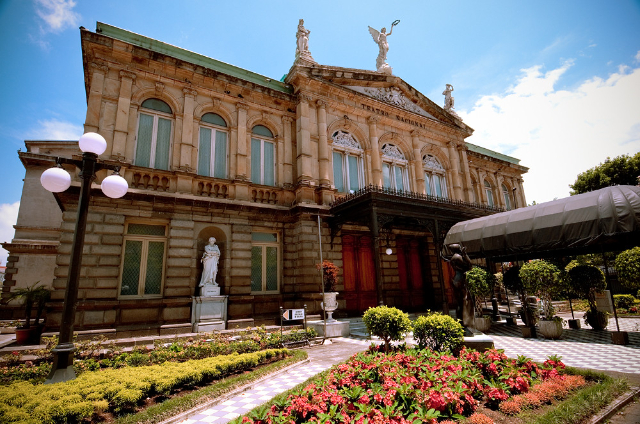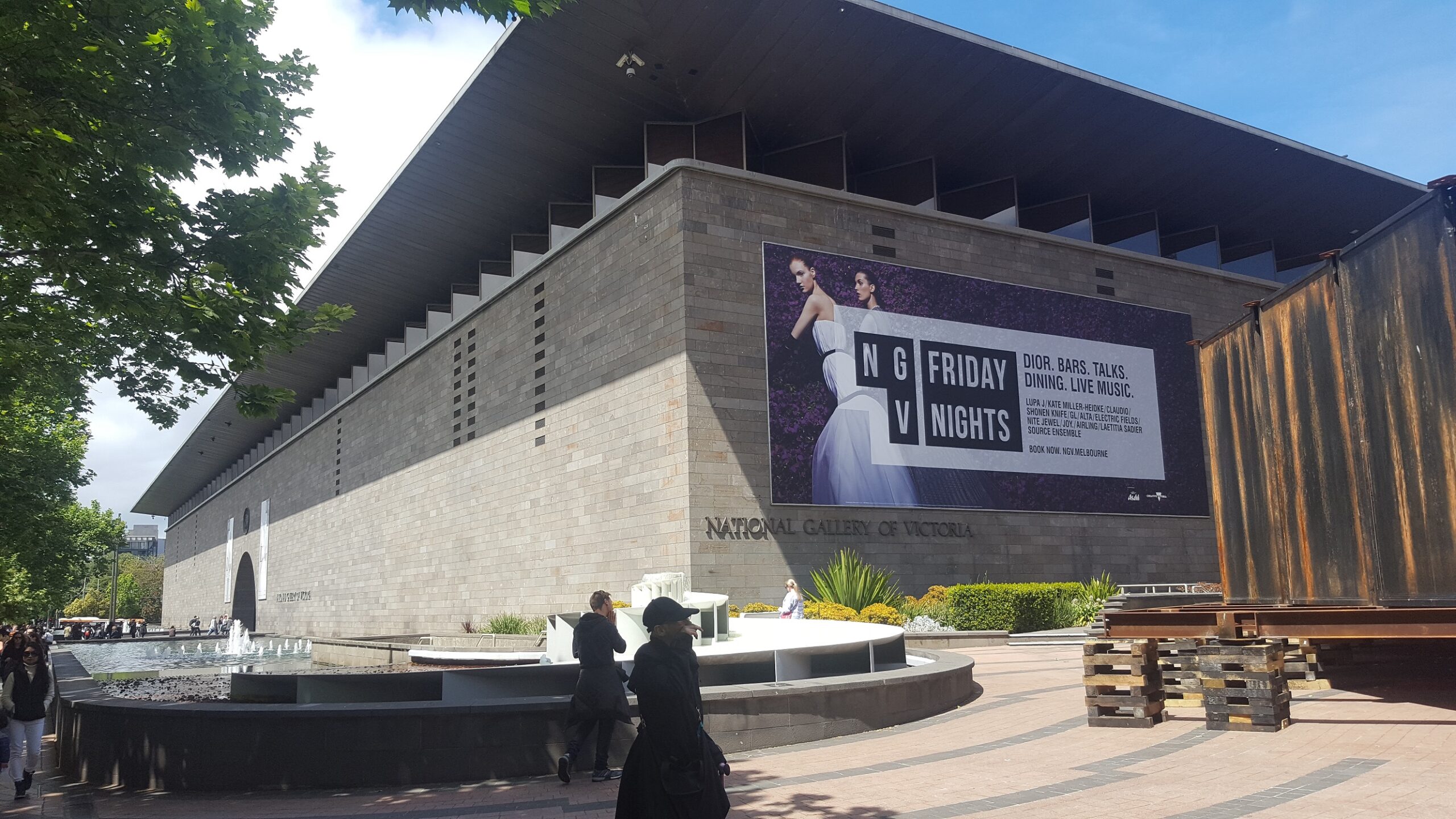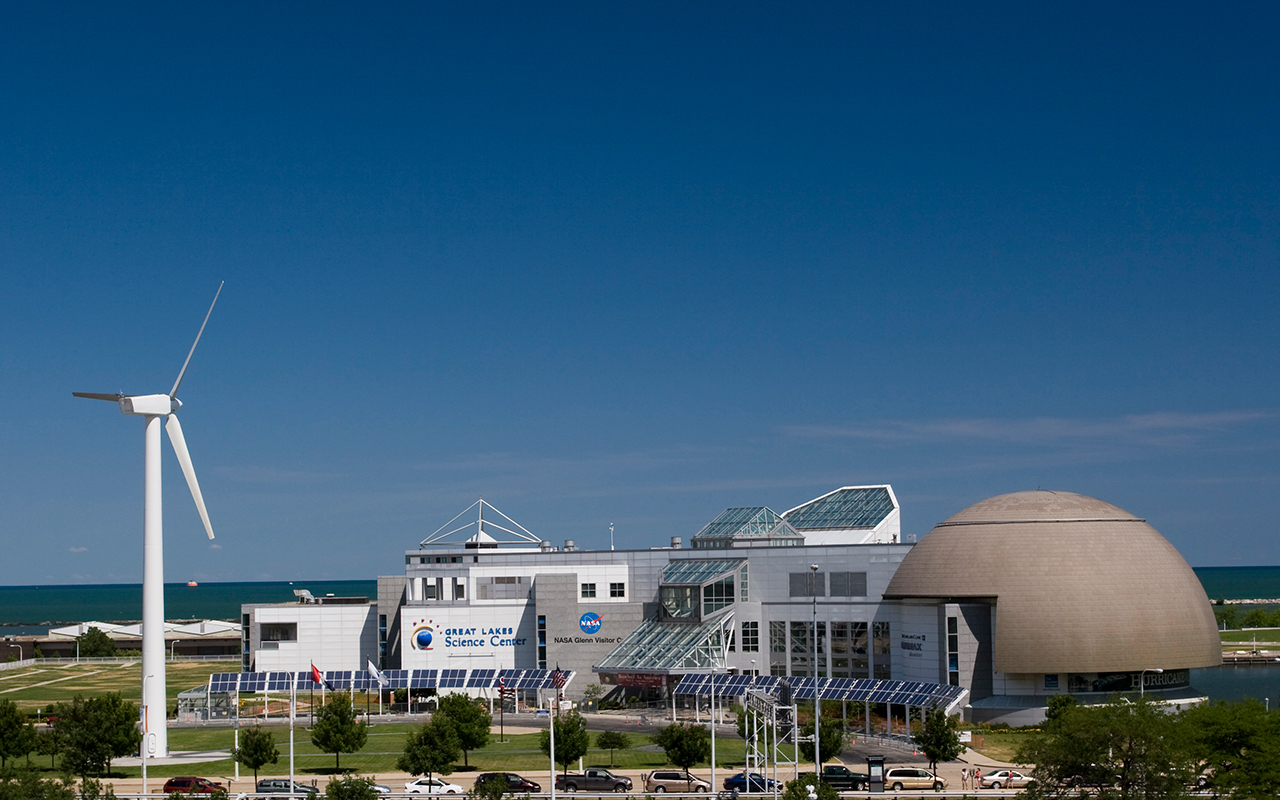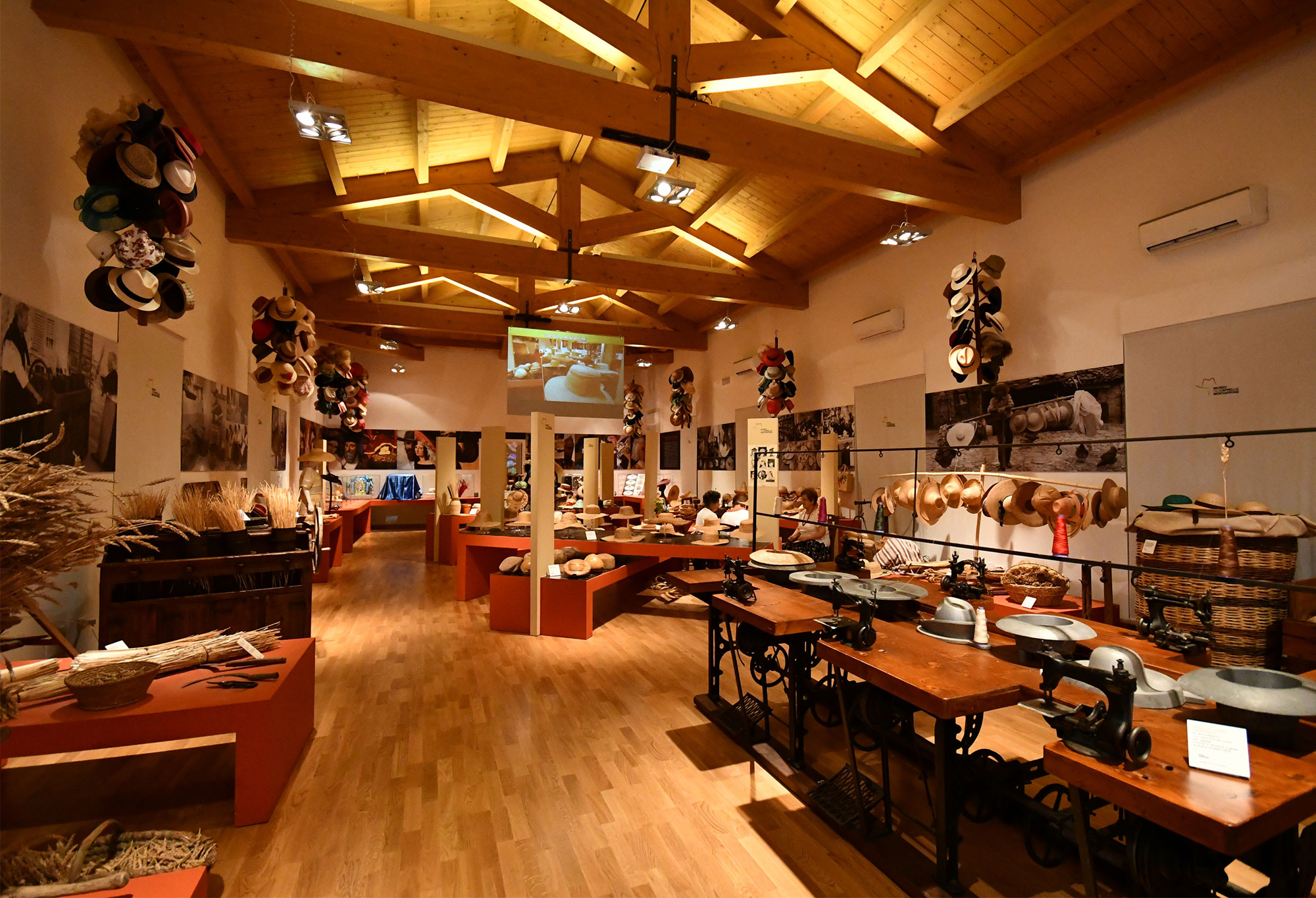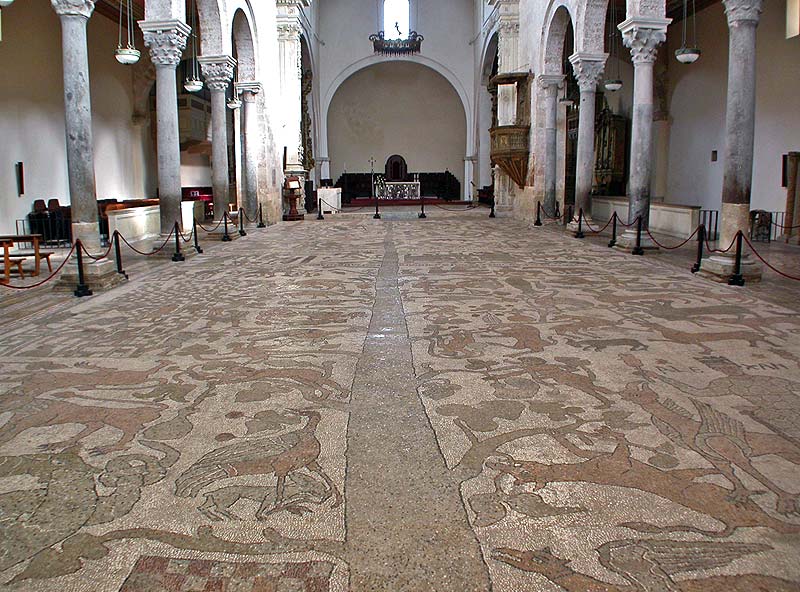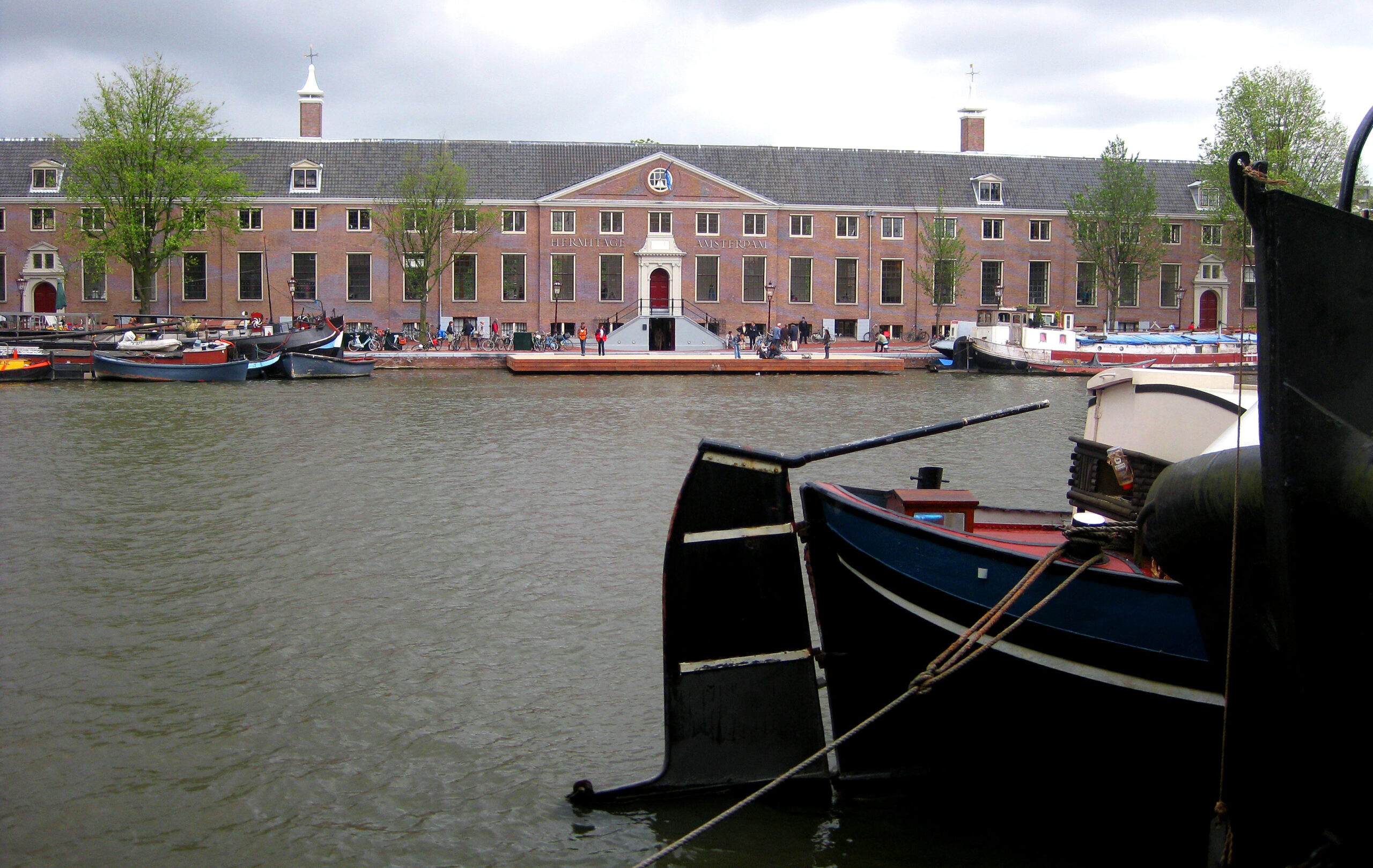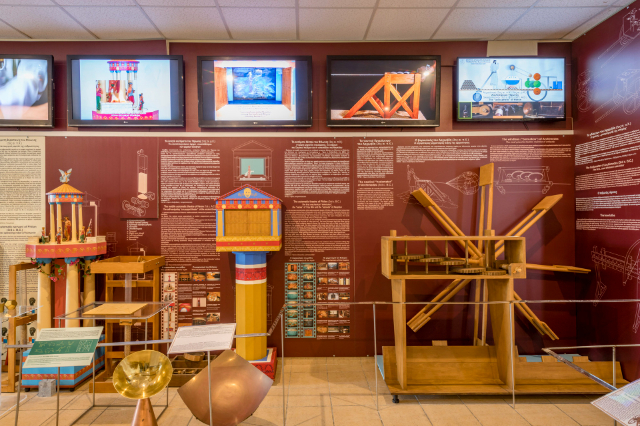The Teatro Nacional is one of Costa Rica’s most culturally and historically important monuments and one of the most beautiful theaters in Latin America. Located in the center of San Jose, the country’s capital, the theater was opened in 1897 and is a remarkable example of neoclassical architecture.The history of the Teatro Nacional began in 1890, when the Costa Rican government decided to build a world-class theater to represent the country’s culture and prosperity. The construction of the theater was financed by a tax on coffee, the green gold that was the country’s main source of wealth at the time.The design of the theater was entrusted to Italian architect Francesco Berghold, who had already worked on the construction of theaters in Milan and Paris. Construction of the theater took five years and was completed in 1897, with a total cost of about 350,000 colons, a huge sum for the time.The Teatro Nacional in San Jose is famous for its neoclassical architecture, with an ornate facade, a grand staircase, an inner courtyard, and a large crystal chandelier. Inside the theater, there are frescoes, statues and gold decorations. The theater has a seating capacity of about 1,000 and has been used to host opera, ballet, drama and music performances.An interesting anecdote about the Teatro Nacional concerns its history during the 1948 revolution. During the conflict, the theater was used as a venue for sessions of the constitutional government, which sought to defend democracy against dictator José Figueres Ferrer. In 1948, after 44 days of fighting, democracy was restored and the theater once again became a cultural and artistic center.Today, the Teatro Nacional in San Jose continues to be an important cultural center and hosts world-class performances. It is also open to visitors for guided tours, during which they can admire the theater’s artwork and architecture.
